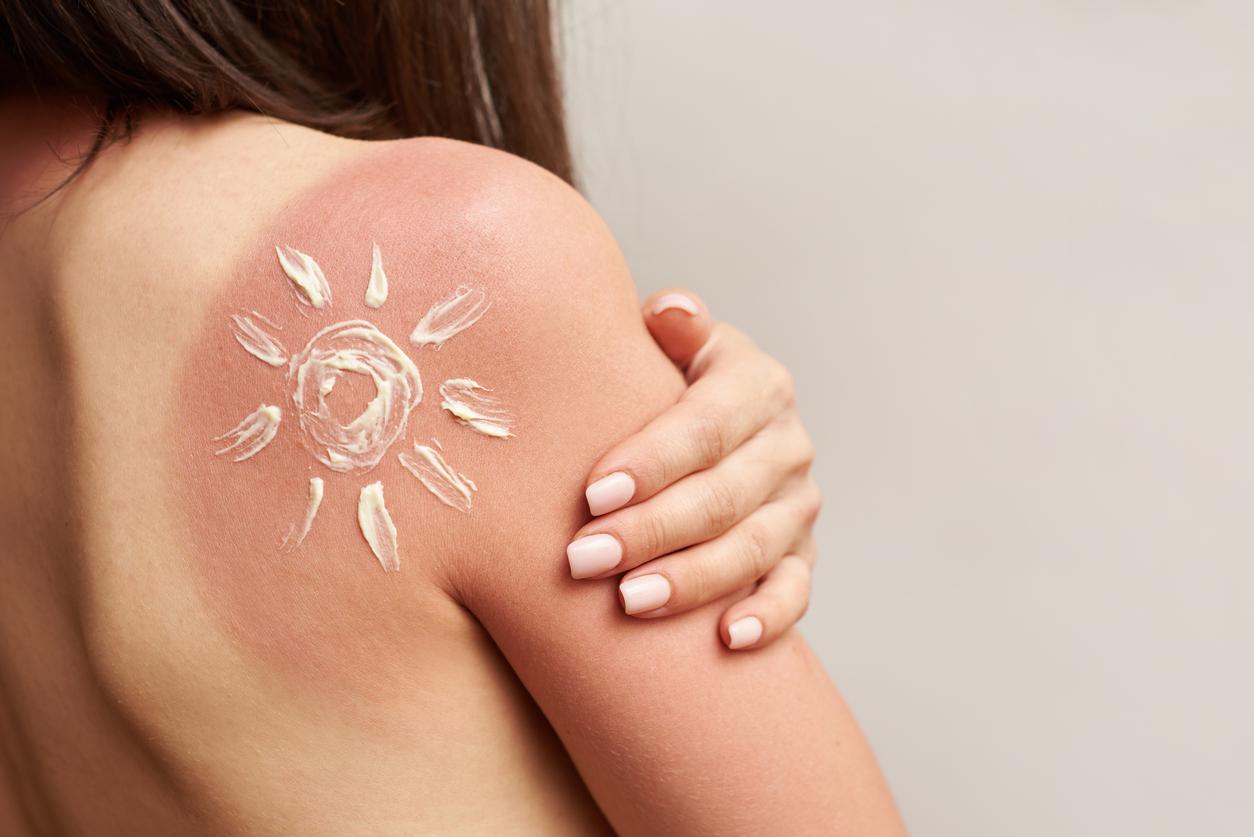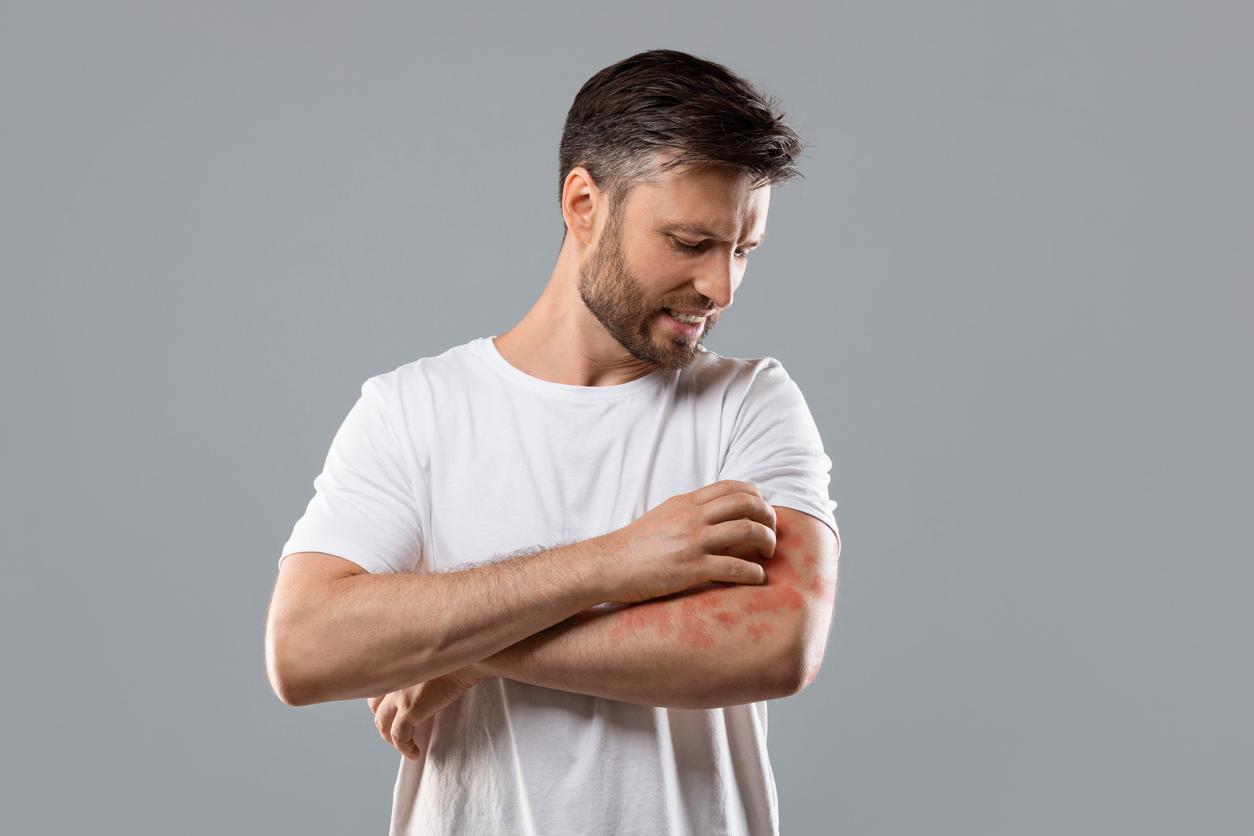Many people think that dark and black skin tones are safe from the ravages of the sun. However, if the prevalence of melanoma is lower on dark skin, its prognosis is less favorable.

- 80,000 skin cancers are screened each year in France
- 10% are melanomas
- Overexposure to the sun is a risk factor
Approximately 80,000 new skin cancers are diagnosed each year in France, of which 90% are carcinomas and 10% melanomas. This last type of skin cancer develops on healthy skin or, in 20 to 30% of cases, from the malignant transformation of a mole.
The prevalence of melanomas has increased considerably in recent decades, in particular because of our overexposure to the sun. In fact, melanoma is a malignant tumor of melanocytes, the cells that make melanin. However, significant exposure to ultraviolet (UV) radiation from the sun or tanning machines promotes the disruption of these cells.
The prevalence of melanoma on dark skin
If we know that fair skins are particularly vulnerable to it because they burn, many people think that tanned, dark or black skins are not afraid of anything… Which is not quite correct. According to Doctor Christian Derancourtfrom the Martinique University Hospital, in Fort-de-France, “Icutaneous cancers on white skin represent approximately 40% of all cancers, while on black skin they are equivalent to approximately 2%”.
Its prevalence on black skin would also vary according to the regions of the world: “Its annual incidence in subjects with black skin varies from 0.5 to 1.8/100,000 in South Africa (against 24.4 in subjects with a light phototype), it is 0.7/100,000 in Togo and 1.6/100,000 in the United States.”
The 5-year survival rate decreased by skin color
Nevertheless, if it is less frequent on dark skin, its prognosis is not less bad. “Melanoma on black skin is rare due to photoprotection induced by melanin. On the other hand, the particular semiology of melanomas on black skin delays the diagnosis and worsens the prognosis which is immediately pejorative.f”, explains Doctor Suzanne Oumou Niang of the Cancer Institute of CHU Le Dantec, in Dakar (Senegal).
A study by the University of Cleveland (United States) conducted in 2016 and published in the Journal of the American Academy of Dermatology has in fact demonstrated that the 5-year survival rate was higher in people with fair skin, in particular because the early diagnosis of melanoma is more difficult in dark skin.
“African-American patients sometimes think they are protected against melanoma, thanks to their skin color. However, this is totally false: skin cancer affects all skin types, regardless of their color. And I would like to remind you that black skin can also get a sunburn…”explained Doctor Jeremy S. Bordeaux, co-author of this study.
A sunscreen according to your phototype
Whether light or dark, skin needs protection from the sun’s UV rays. the phototype classifies individuals according to the sensitivity of their skin. There are 6 of them: dark skin is phototype 4 and requires a medium or high protection sunscreen, while dark and black skin (phototypes 5 and 6) will be satisfied with a medium to low protection cream.
.

















